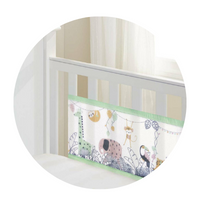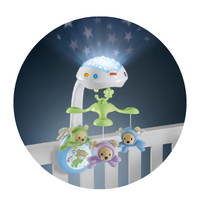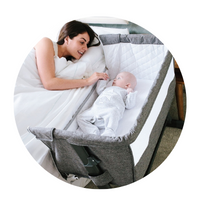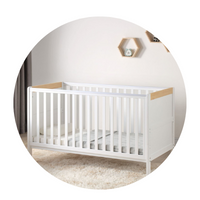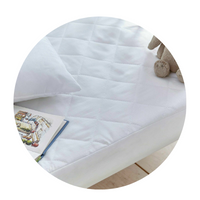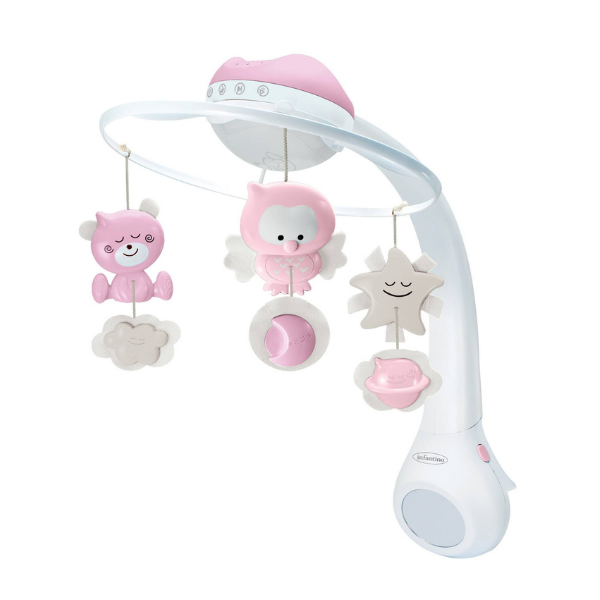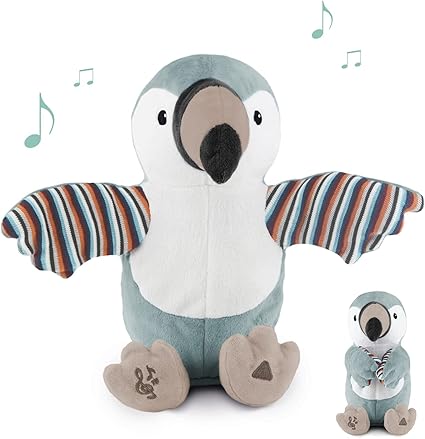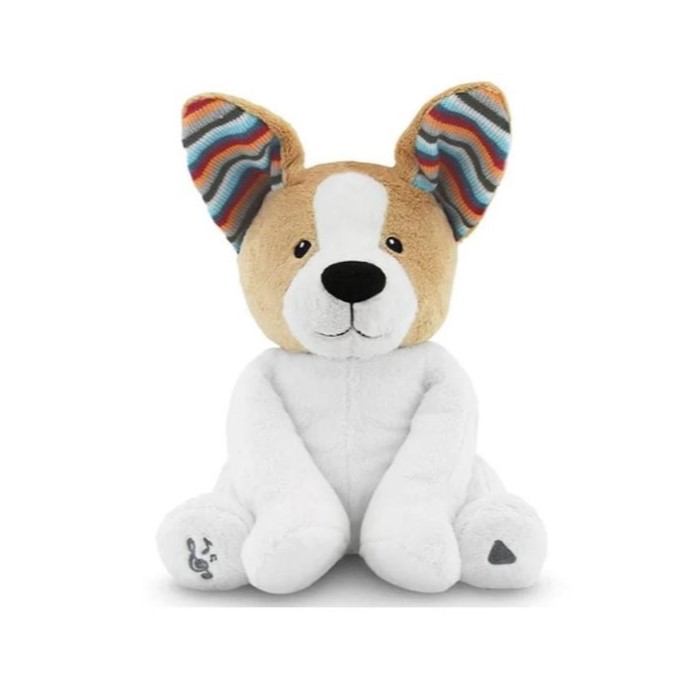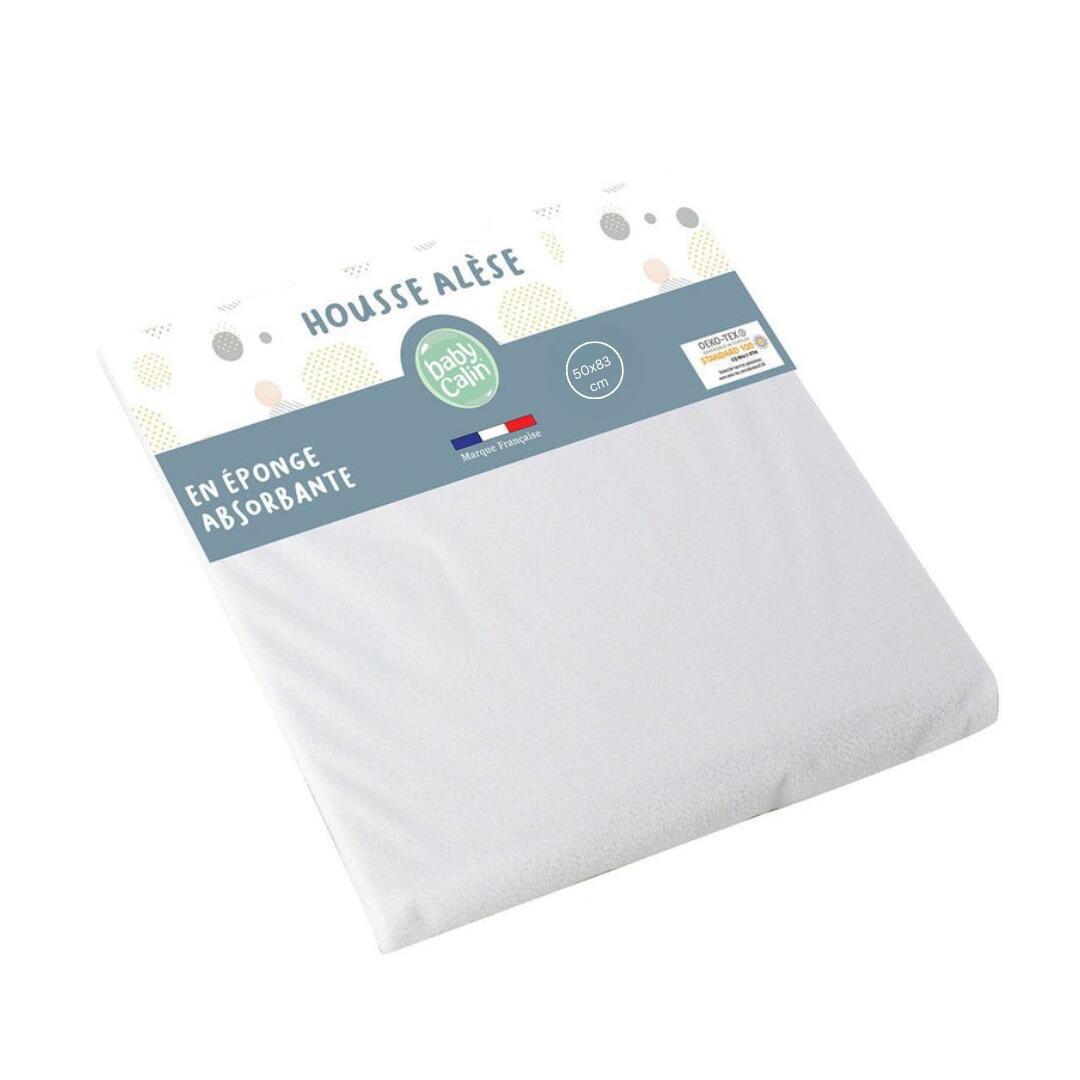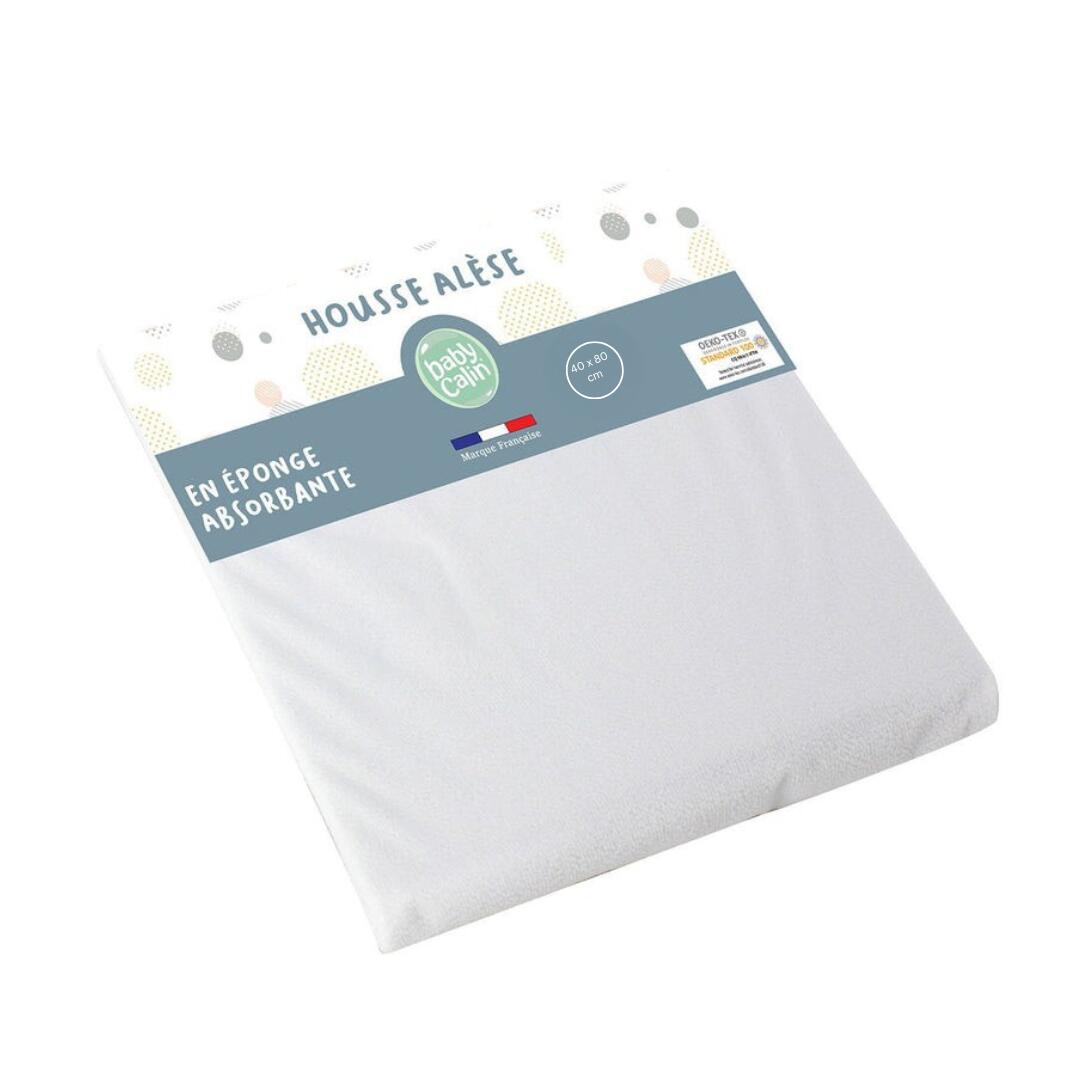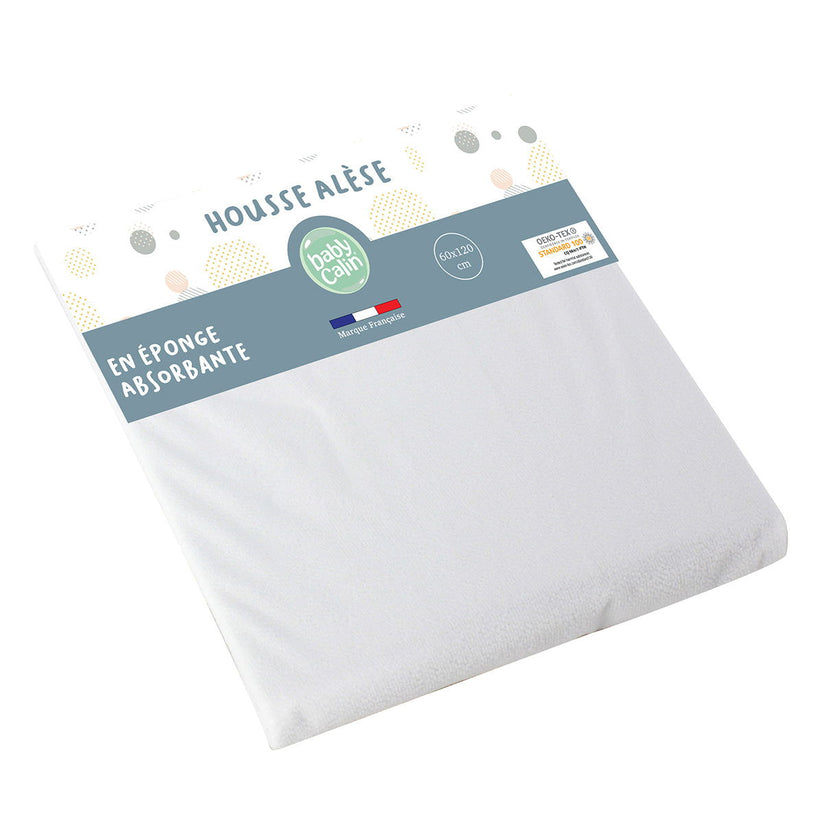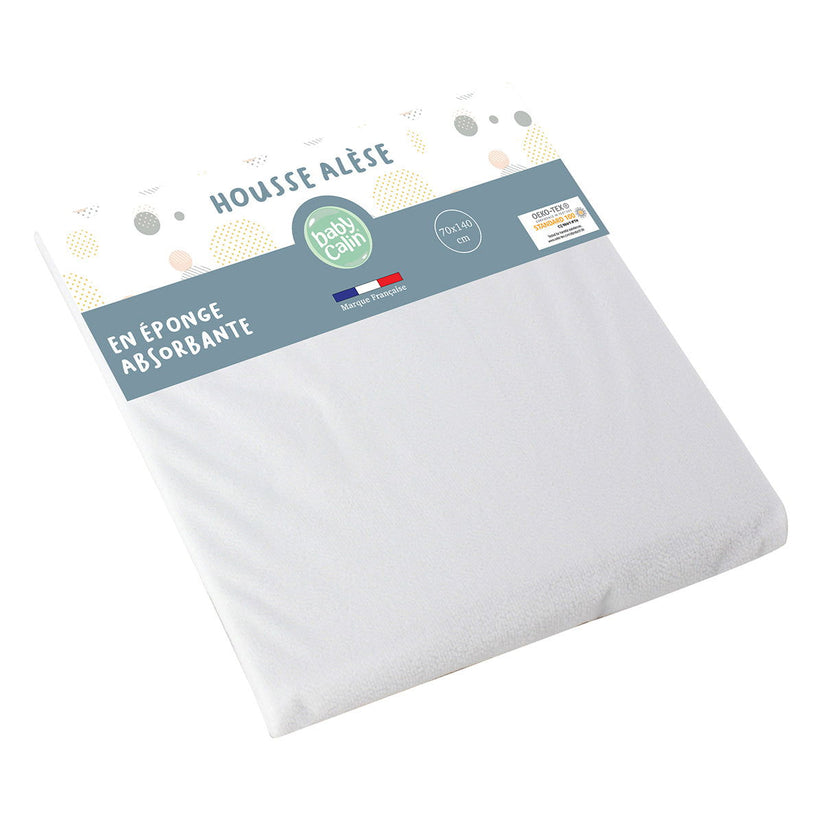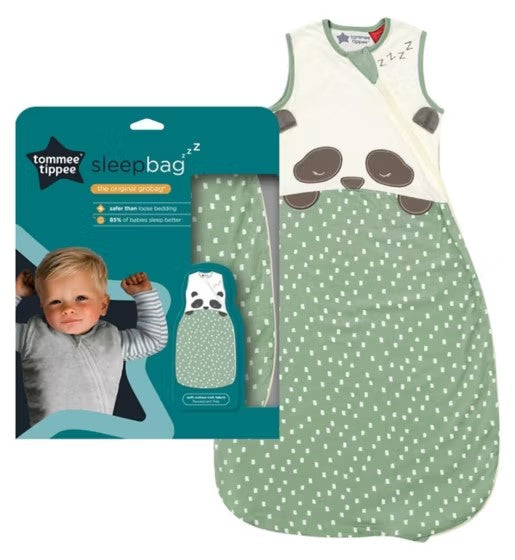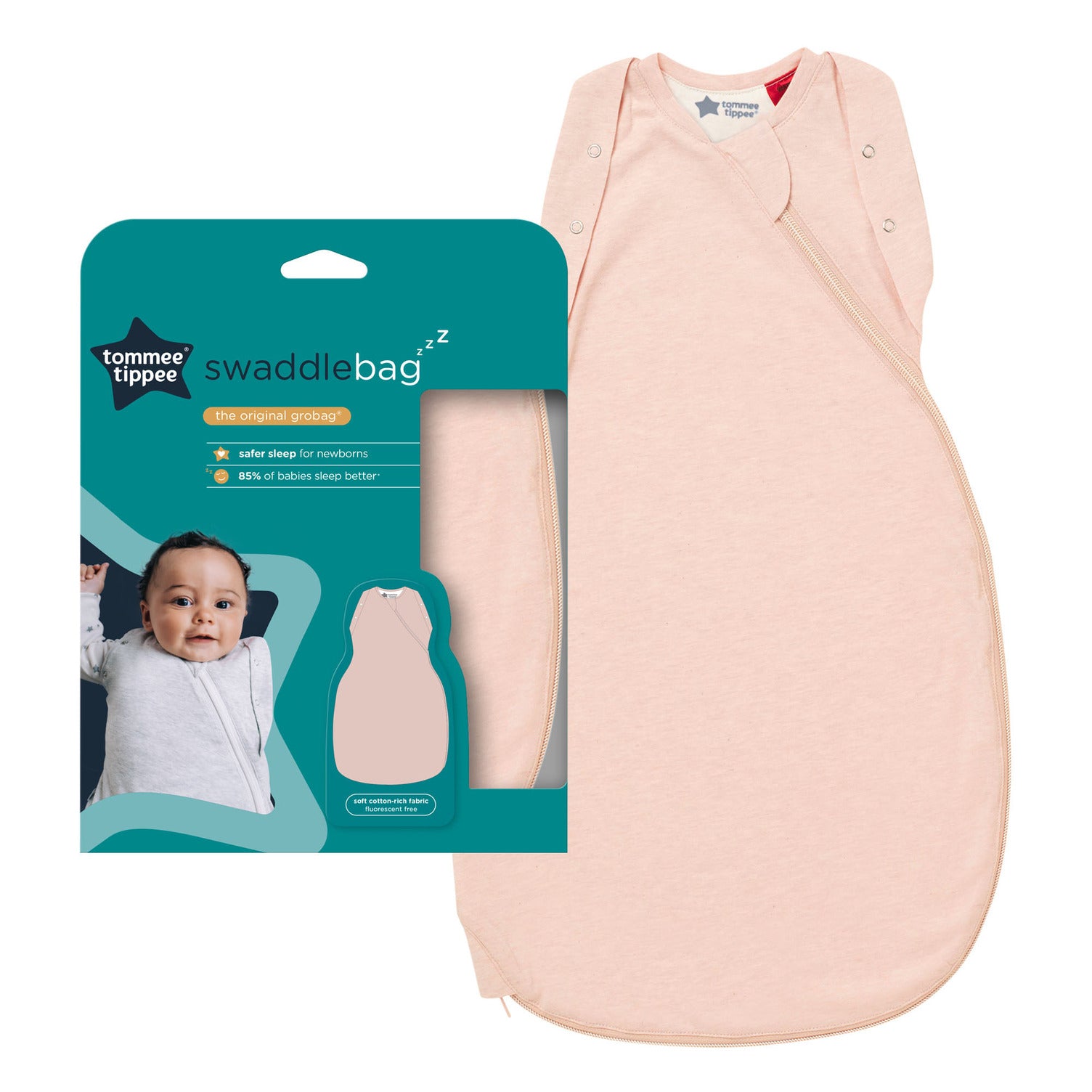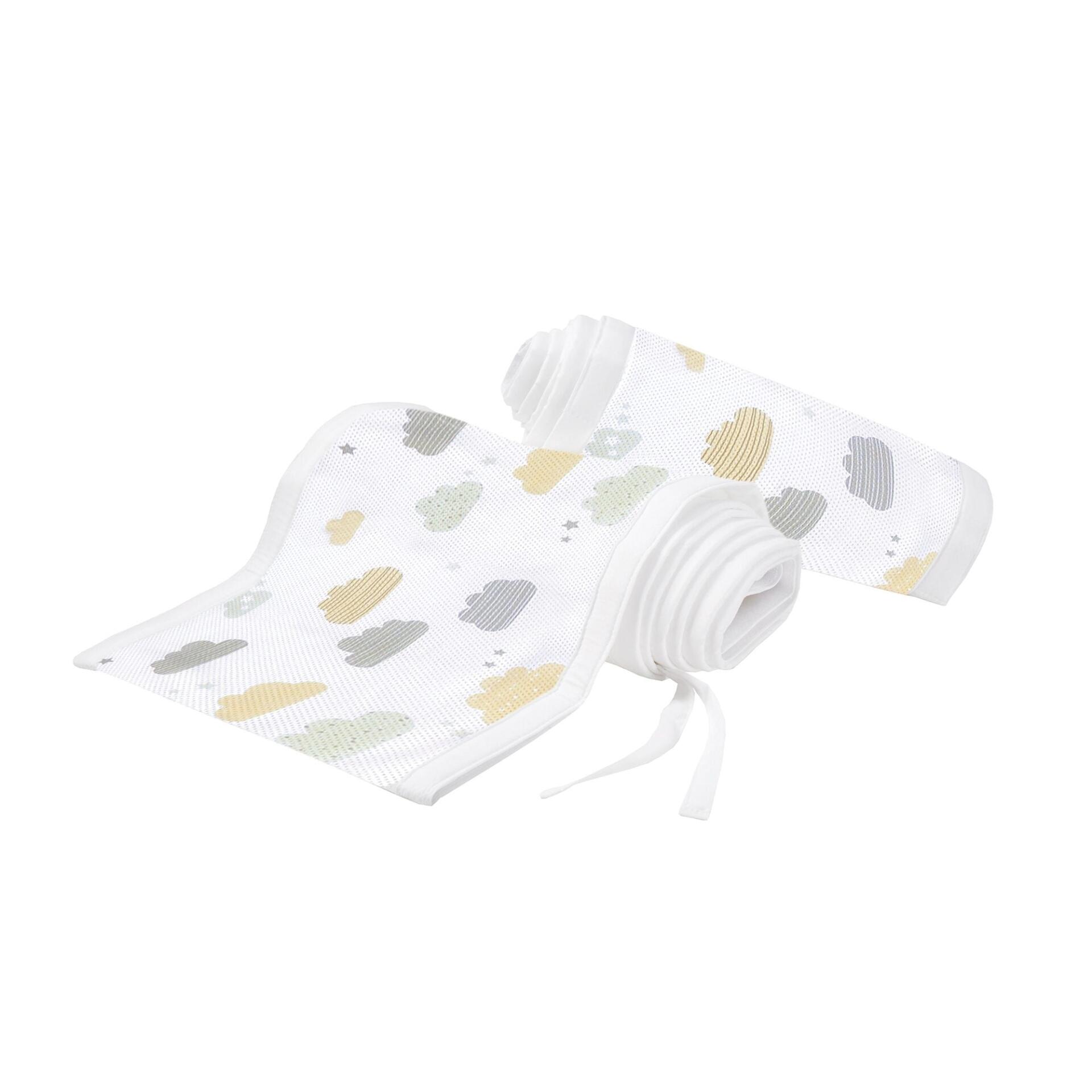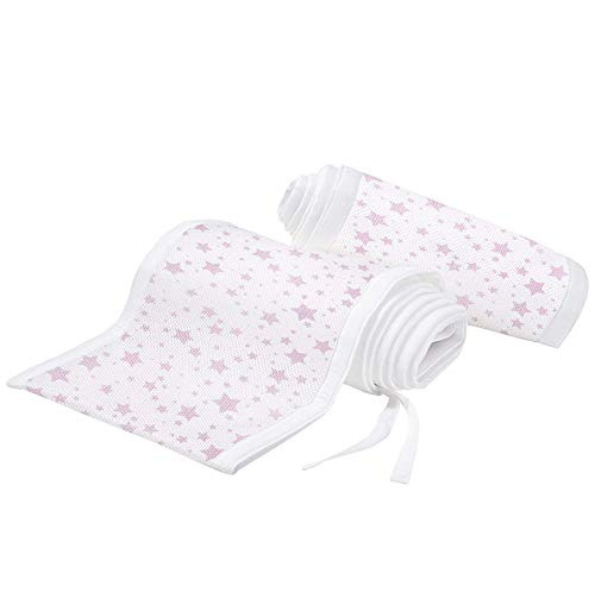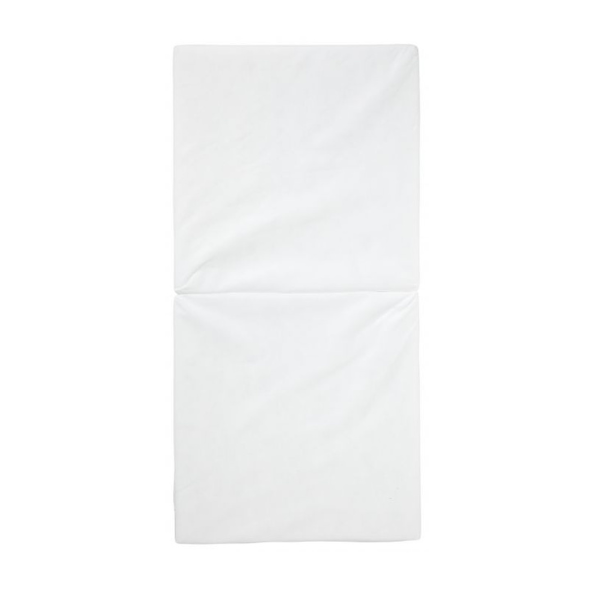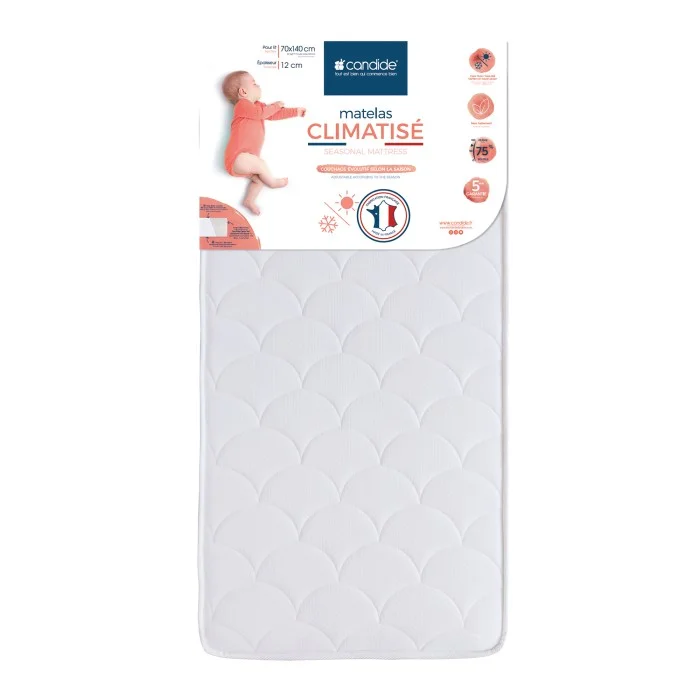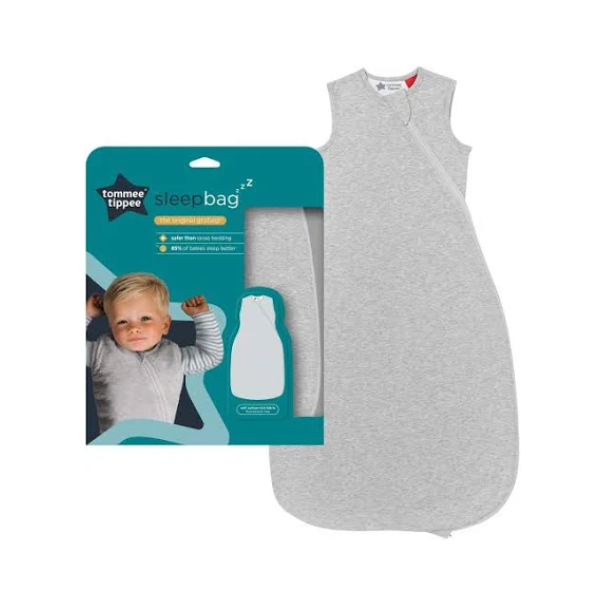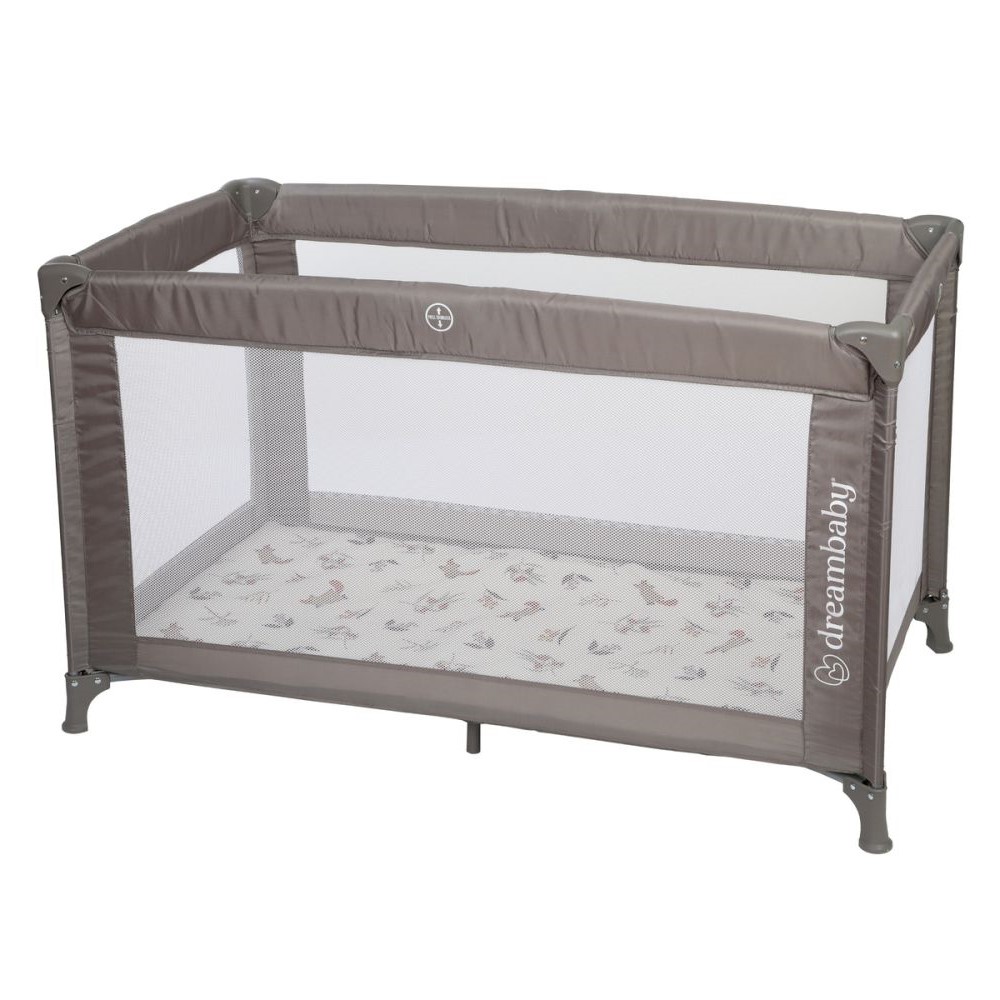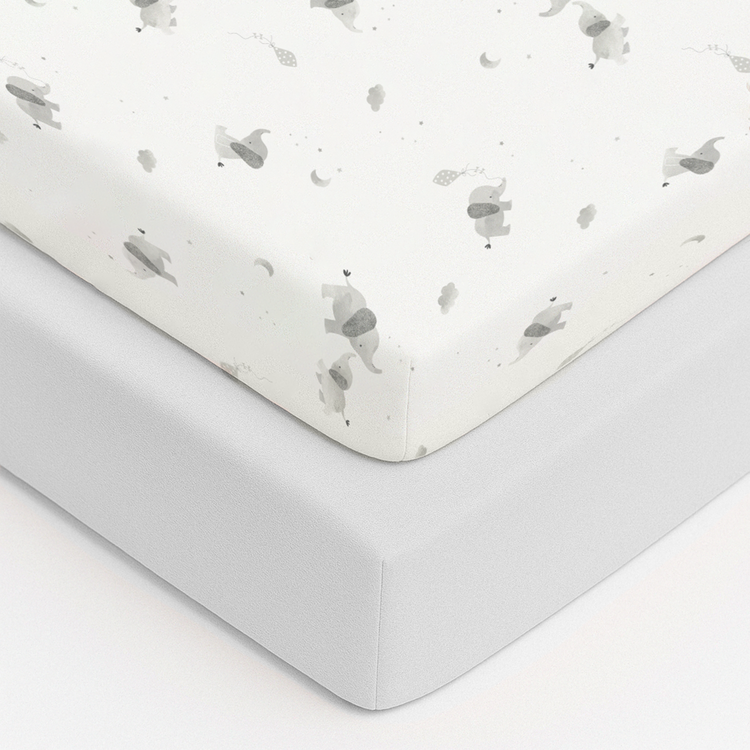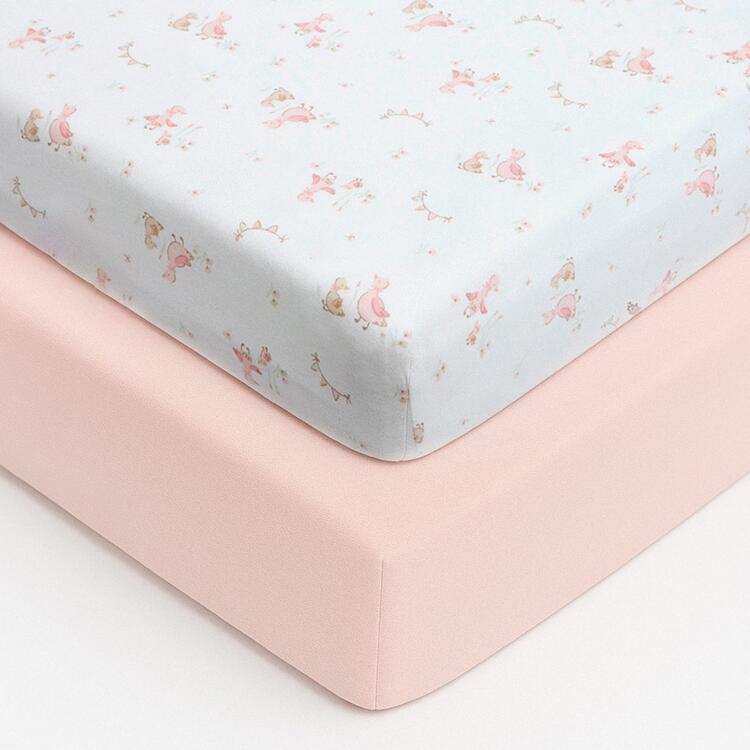Frequently asked questions
What kind of mattress is best for a baby crib?
Firm, firm, firm! This is paramount for preventing Sudden Infant Death Syndrome (SIDS).
- Firmness: The mattress should not indent significantly when your baby lies on it.
- Fit: It should fit snugly in the crib, with no more than two fingers’ width between the mattress and the crib frame.
- Type: Options include foam (lighter, more affordable) or innerspring (durable, often firmer). Ensure it’s waterproof or has a waterproof cover. Tip: While hand-me-down cribs can be great, it’s often recommended to buy a new mattress to ensure it meets current safety standards and hasn’t softened over time.
How many sheets do I need?
Aim for at least 3-4 fitted sheets.
- Why so many? Blowouts, spit-up, and general baby mess happen – often in the middle of the night! Having spares means you’re never caught without a clean sheet.
Is a baby monitor truly necessary? Which kind?
A baby monitor offers incredible peace of mind and is highly recommended by most parents.
- Audio Monitor: The basic essential. Allows you to hear your baby from another room.
- Video Monitor: A popular choice. Lets you see your baby, which can be reassuring and help you distinguish between various cries. Many offer night vision, temperature sensors, and two-way talk.
- Smart Monitors: Connect to Wi-Fi, offering app integration, split-screen viewing, sleep tracking, and sometimes even breathing/movement detection (though these should not replace safe sleep practices). Tip: Choose a monitor with good range and reliable signal. For video, prioritise clear night vision. Always place the monitor unit far enough away from the crib so cords are out of reach.
Do sound machines actually help babies sleep?
For many babies, yes!
- Why they work: They mimic the constant “white noise” your baby heard in the womb, which can be incredibly soothing. They also help block out household noise, making it easier for your baby to fall and stay asleep.
- Types: White noise, pink noise, brown noise, nature sounds, lullabies. Tip: Keep the sound machine at a safe volume (no louder than a running shower, or about 50 decibels) and place it a few feet away from the crib. Consistency is key!
What about night lights and crib mobiles?
These serve different purposes:
- Night Light: More for your benefit than the baby’s sleep. A dim, warm-toned night light can help you navigate the nursery for nighttime feedings or diaper changes without fully waking your baby (or yourself!). Avoid bright, stimulating lights near bedtime.
- Crib Mobile: Primarily for awake time and visual stimulation. They’re wonderful for engaging your baby when they’re in their crib before sleep. However, they should be removed once your baby can push up on their hands and knees or reach for the mobile (typically around 5 months) to prevent entanglement or choking hazards. Tip: For both, prioritize safety. Ensure they are securely attached and out of your baby’s reach.

